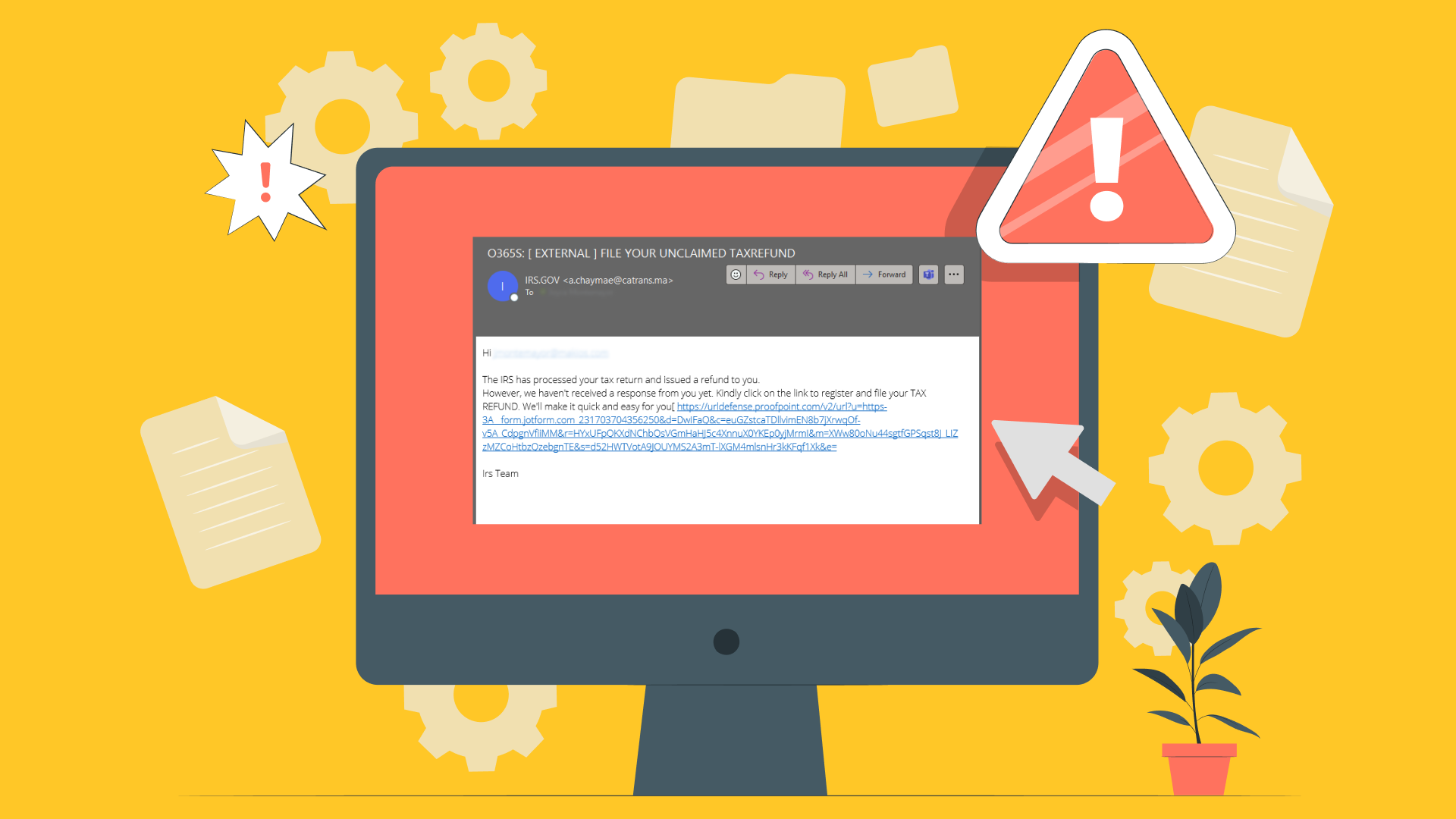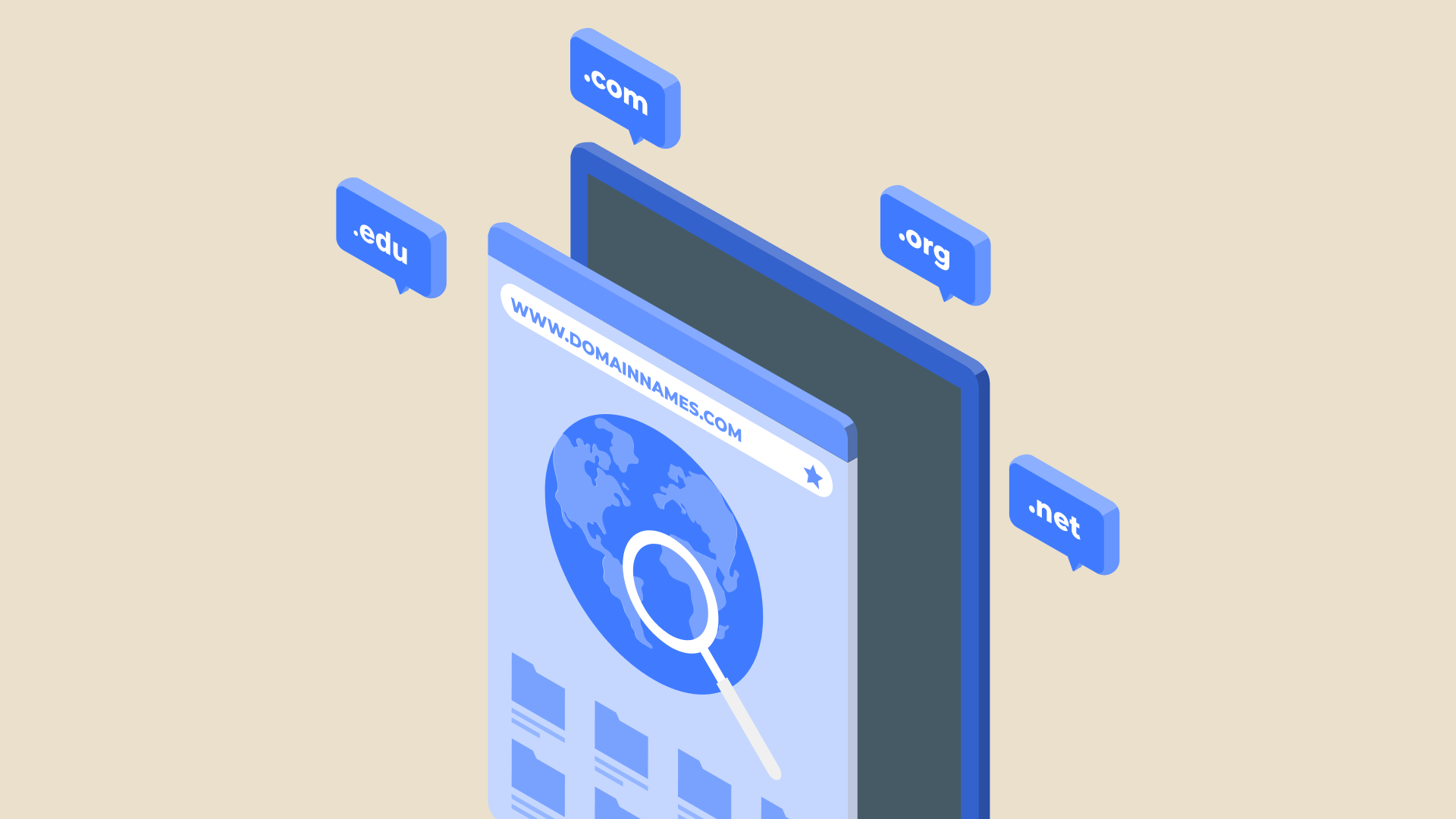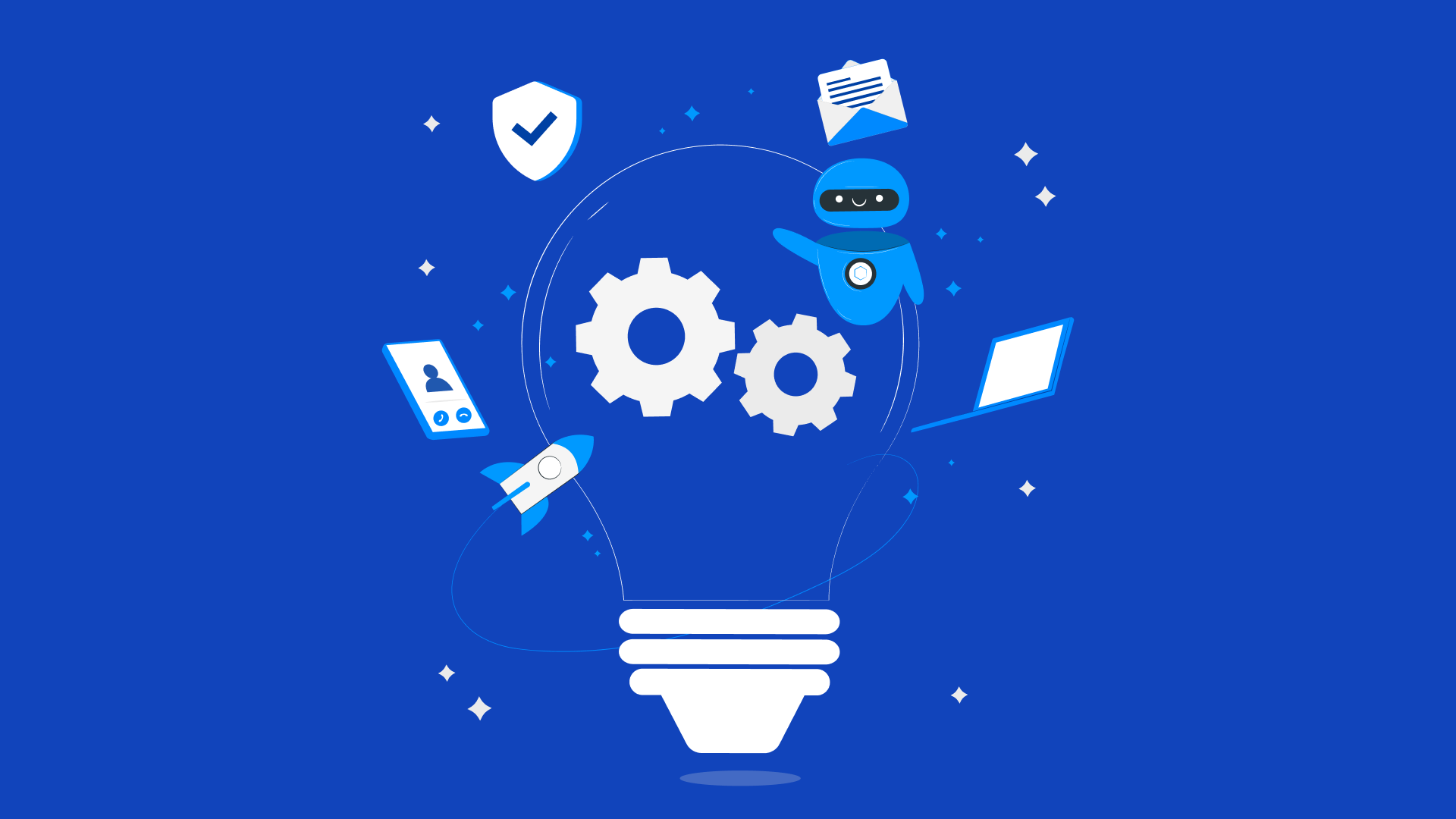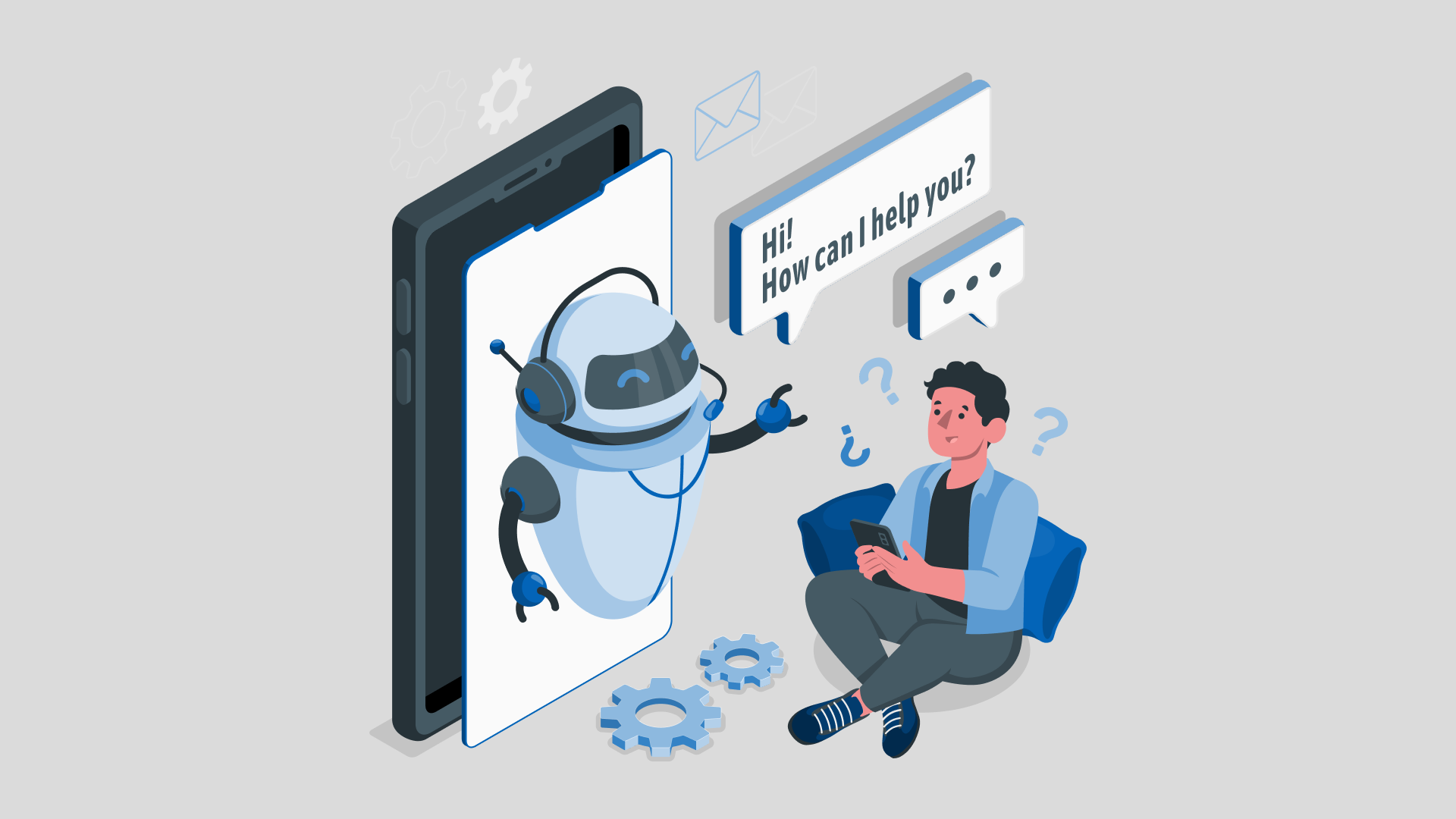Portals El Paso, TX (915) 217-2500 | Grapevine, TX (817) 752-9400
What is a DDoS Attack? (How It Works and How To Prevent It)
What is a DDoS Attack? (How It Works and How To Prevent It)
A Distributed Denial-of-Service or DDoS attack is a dangerous threat that can disrupt various online websites and services. An attacker can flood a server with traffic to keep others from accessing a website. It sounds like a simple threat, but there are many types of DDoS attacks that can occur, including volume-based and application-layer.
You can stop DDoS threats from occurring by understanding how these attacks work and what resources can keep them under control. Our team is here to help you recognize the risk of DDoS attacks and see how you can resolve them before they become worse.
What is a DDoS Attack?
A Distributed Denial-of-Service attack occurs when a cybercriminal floods a server with online traffic to keep users from accessing various websites and online services. It disrupts a server’s regular traffic, as its infrastructure cannot handle the excess internet traffic it receives. They are one of the more common cybersecurity terms you’ll need to know about.
A DDoS attack will use many computer systems as sources of online traffic toward a target. An attacker can compromise many computers, IoT devices, and other things that can access websites and use them to flood a server with excess traffic.
The traffic is coming from legitimate online devices, and it is hard for servers to separate the traffic from a DDoS attack from normal users. This concern makes it harder for a website to operate as usual.
These attacks can occur for many reasons, including competitors triggering them to weaken or shut down other businesses. Disgruntled workers or hackers could also produce these attacks to exploit security weaknesses or because they want to show how unhappy they are with the people who run these websites.
Types of DDoS Attacks
There are multiple types of DDoS attacks for website operators to know about.
Volume-Based or Volumetric Attacks
A volume-based DDoS attack occurs when a person produces congestion by occupying all available bandwidth between a target and the internet. The attacker will send messages with a bandwidth of 100 GB per second or more in some situations.
Domain name system or DNS amplification is a common example of a volumetric attack. An attacker will spoof or imitate a target address, usually the IP address belonging to the victim. They will then send a DNS lookup request to a DNS server that has the spoofed address.
The response then goes to the target, creating a heavily amplified response where many DNS resolvers send the same message out to a target. The excess traffic makes it harder for the target to operate, as all of its bandwidth is in use.
Application-Layer Attacks
An application-layer attack will target a specific application to keep it from communicating or delivering content to users. Sometimes the entire application is targeted, but specific parts that have noticeable vulnerabilities could be the focus of an attack.
This DDoS threat is also called a layer 7 attack, as it targets the application layer where a program can access network services. The effort influences how a webpage is produced on a server and then sent out following an HTTP request.
The crime requires less bandwidth to operate, but it can produce the same results as a volumetric attack. A hacker will send an HTTP request through multiple bots, making it harder for the target to process all these requests. Since the HTTP requests are flooding the server, it keeps a website from operating well.
The worst part of an application-layer attack is that it’s often hard to identify a legitimate user from a bot. Each bot in a botnet appears legitimate because they are not spoofing anything.
Protocol Attacks
A protocol attack occurs when an attacker consumes an entire web server’s functionality. It absorbs all its functional capacities and can also interfere with firewalls and other resources.
The attack impacts layers 3 and 4 in the OSI model of network connectivity. Layer 3 is the network layer that reviews the physical path for how the data travels, while layer 4 is the transport layer that transfers data through TCP and UDP transmission protocols.
A common example of a protocol attack is an SYN flood. An attacker will send multiple Transmission Control Protocol or TCP requests with spoofed IP addresses. The TCP request normally triggers the TCP handshake where two computers will confirm a network connection. But there will be too many of these handshake requests at a time from all these IP addresses.
The servers will try responding to all these requests, but the final handshake won’t occur because the target has been heavily overwhelmed. Legitimate requests for access will go unanswered.
How DDoS Attacks Work
Once you understand the types of attacks that are out there, you also need to be aware of how these cybercrimes work.
DoS vs. DDoS
DDoS attacks are not to be confused with DoS attacks. A DoS attack is a denial-of-service attack where someone floods a server with excess traffic. A distributed denial-of-service or DDoS attack involves many computers being used at once to flood a target.
Both of these will interrupt regular online services, but a DDoS is more elaborate as it is harder to identify. Since it uses many remote locations, you can’t easily spot its origin like you can with a DoS attack.
DDoS attacks can also occur faster and produce more traffic than a DoS attack. A DDoS will also use a botnet to handle multiple hosts, whereas a DoS uses one script from a single machine.
Botnet
The botnet is a critical part of what makes a DDoS attack elaborate. A botnet is a group of computers infected by malware that is under the control of an outside party.
DDoS botnet malware can provide an attacker full control of each device, but some malware programs can operate in the background and wait for an attacker’s instructions before it starts working.
A threat actor can produce a botnet by stealing data from other devices, spreading malware between them, or using ransomware or click frauds. The threat actor’s goal is to get access to as many devices as possible to help start the DDoS attack.
The attacker will also control the botnet by using a centralized computer platform to communicate with each device in that botnet. The user can provide targeted IP addresses for each bot to go after.
Some systems can send different instructions to specific bots, allowing multiple IPs to be targeted at once. Other bots in the network may also start working once certain parameters are met within the attack.
How to Stop DDoS Attacks
DDoS threats can be dangerous, but you can prevent DDoS attacks through many measures. You’ll need to use the proper measures to stop and prevent DDoS attacks to ensure every part of your network stays safe. Since these cybercrimes can come from many sources targeting your network at once, you’ll require thorough help to protect your system and keep it from being influenced by many outside concerns.
Risk Assessment
You can start by completing a thorough risk assessment of your network and its infrastructure to review possible weaknesses in your setup. The analysis can include a testing setup to determine if there are vulnerabilities in the setup while helping you figure out what corrective measures are necessary for your success.
Black Hole Routing
Black hole routing entails a network admin or ISP producing a black hole route that moves traffic into that opening. The traffic that enters the black hole will be removed from the network. The process will clear out any DDoS traffic, but it also causes you to lose legitimate traffic.
Blackholing is necessary for situations where you’re unable to block an attack. The null route will develop when your system notices the possible signs of an incoming hack. While it will cause you to lose good traffic alongside your bad traffic, it is necessary for many situations.
Traffic Differentiation
Traffic differentiation is necessary for cases where your website might have been impacted by an attack. You can use a differentiation plan to review the source of the traffic.
The work can include analyzing the traffic through an anycast network. This network setup lets you take incoming requests and route them toward various locations or nodes. The work helps the network review where traffic is coming from, moving the traffic from DDoS attacks to outside sites.
Rate Limiting
Rate limiting is another DDoS protection solution where you can limit how many requests a server will collect at a time. You can limit the traffic that comes to your website, but the work is about keeping a botnet from producing so many repeated requests.
Firewalls
You can also incorporate a firewall to prevent DDoS attacks. A web application firewall or WAF will work as a reverse proxy that uses multiple rules to determine what requests it will receive.
A firewall can incorporate a series of rules based on connection patterns. You can change these rules based on what types of traffic you receive, ensuring you will keep the traffic that might produce a DDoS attack from being a threat.
Prevent DDoS Attacks With Help From An Expert Team
DDoS attacks can be dangerous and can impact how well your website operates. They can occur from many outside threats and could keep your website from being functional. The unique design of a DDoS event makes it harder for people to track in many situations.
You don’t have to worry about what could happen from a DDoS attack when you have the right team on hand to help you with your needs. At Makios, our team can help you review your assets
Get in touch with us today to learn more about how we can help you stop DDoS attacks from happening.
You may also like
Have more questions or need further assistance? Let us know how we can help you with the unique needs of your business. Get in touch online or call us today at (915) 217-2500!
Cybersecurity for Businesses
Services
Management
Consulting
Cyber Security
Email Services
Cloud Internet
VoIP & Internet
Microsoft 365
Hardware & Software
Finance & Leasing
Websites & SEO
Industries
Healthcare
Engineering
Transportation
Construction
Insurance
Legal
Financial
Real Estate
Logistics
Manufacturing
About
Newsletters
Stewardship
Partners
News
Certifications
People
Employment
History
Clients
Company
Copyright © 2006-2023 All Rights Reserved. MAKIOS® is a registered trademark of Makios Group LLC, a Texas Company.



















